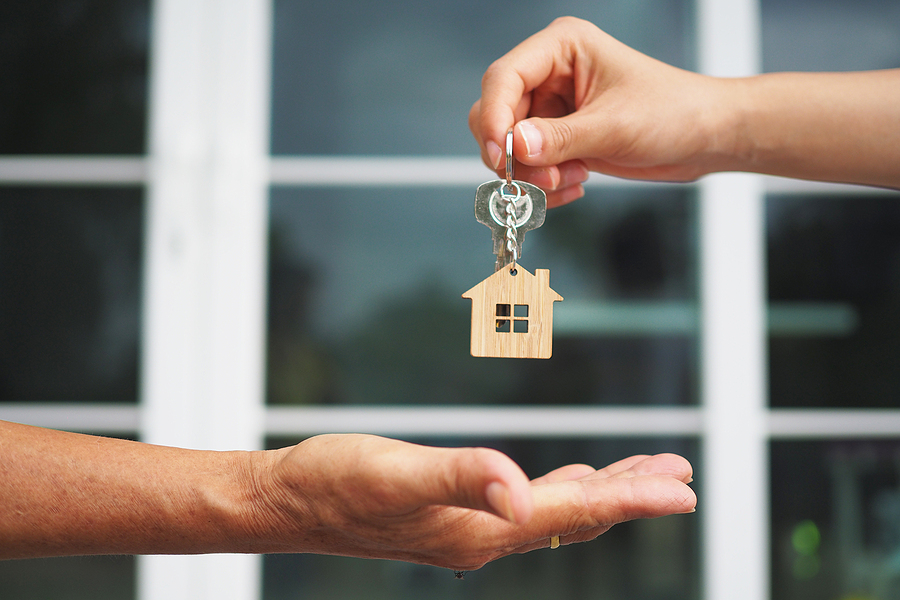The Ultimate Guide to Buying a House: Your Path to Homeownership

Buying a house is a significant life milestone that often marks a step toward stability, investment, and the realization of your homeownership dreams. However, it's a process that requires careful planning, research, and financial preparation. In this comprehensive guide, we will walk you through the essential steps to buy a house, ensuring a smooth journey to becoming a homeowner.
Step 1: Assess Your Financial Readiness
Before you start house hunting, it's crucial to evaluate your financial situation:
-
Credit Score: Check your credit score and work on improving it if necessary. A higher credit score can secure better mortgage terms.
-
Budget: Determine how much you can comfortably afford for a down payment, monthly mortgage payments, and related expenses.
-
Savings: Ensure you have savings for closing costs, inspections, and unexpected expenses.

Step 2: Get Pre-Approved for a Mortgage
Obtaining a pre-approval for a mortgage is a crucial step that helps you understand how much you can borrow and sets a budget for your house search. Contact lenders and compare offers to find the best mortgage option for your needs.
Step 3: Define Your Home Preferences
Consider your lifestyle, needs, and preferences to create a list of must-have and nice-to-have features for your future home. This will help narrow down your search and save time.
Step 4: Start House Hunting
With your budget and preferences in mind, begin your house hunt. You can explore properties through real estate websites, work with a real estate agent, attend open houses, and drive through neighborhoods of interest.
Step 5: Make an Offer and Negotiate
Once you've found a suitable property, make an offer through your real estate agent. Be prepared to negotiate with the seller on the price and terms of the sale.
Step 6: Conduct Inspections
After your offer is accepted, arrange for a home inspection. Inspections can uncover any hidden issues that may affect the property's value or safety. Use inspection results to negotiate repairs or request a credit from the seller.
Step 7: Secure Financing
Finalize your mortgage application, provide necessary documents, and work closely with your lender to ensure a smooth financing process.
Step 8: Closing the Deal
The closing process involves signing various documents, including the mortgage agreement and title transfer. You'll also pay closing costs, which include fees for services like title searches and insurance.
Step 9: Take Possession
Once the deal is closed, you'll receive the keys to your new home. Plan your move-in, set up utilities, and notify relevant parties of your change of address.
Step 10: Homeownership Responsibilities
Enjoy the perks of homeownership, but also be prepared for ongoing responsibilities like mortgage payments, maintenance, and property taxes.
Buying a house is a rewarding endeavor, but it requires careful planning and attention to detail. By following these steps and seeking guidance from real estate professionals, you can navigate the complex process of buying a home with confidence. Remember that each homeowner's journey is unique, and with the right preparation, you can make your dream of homeownership a reality.

